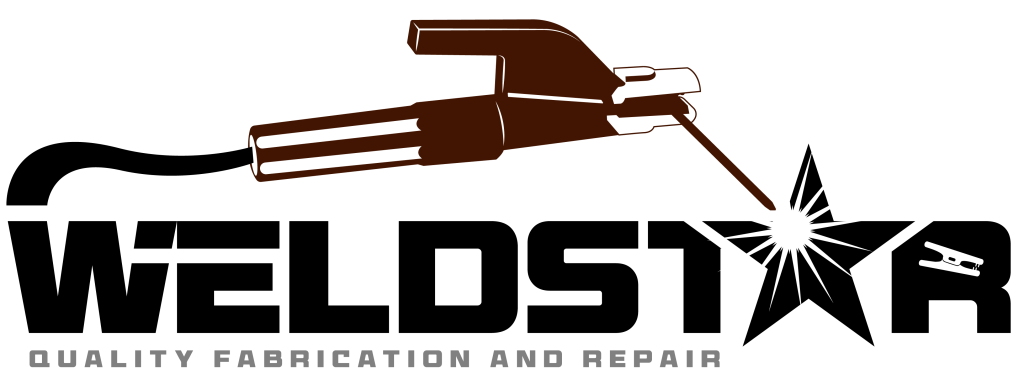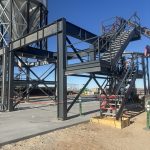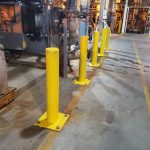When it comes to choosing the right metal for your project, the decision isn’t always straightforward. Stainless steel, mild steel, and aluminum each bring unique qualities to the table, and selecting the right one depends on factors like durability, cost, and functionality. Whether you’re working on a construction project, fabrication job, or custom design, understanding the strengths and limitations of these metals is key to success.
This guide will walk you through the properties, uses, and considerations for each type of metal, helping you make an informed decision that best suits your needs.
Stainless Steel: The Durable Champion
Why Choose Stainless Steel?
Key Benefits:
- High corrosion resistance.
- Long-lasting and low-maintenance.
- Strong and durable for heavy-duty applications.
- Aesthetic appeal for decorative or visible structures.
Best Applications:
- Kitchen equipment, sinks, and appliances.
- Medical tools and equipment.
- Outdoor structures like railings and sculptures.
- Industrial environments require rust-proof materials.
Considerations:
Mild Steel: The Budget-Friendly Workhorse
Why Choose Mild Steel?
Key Benefits:
- Affordable and widely available.
- Easy to weld, cut, and shape.
- Strong and reliable for everyday use.
- Ideal for custom fabrication.
Best Applications:
- Structural frames and beams.
- Machinery parts and components.
- Fencing, gates, and other non-corrosive environments.
- General construction projects.
Considerations:
Unlike stainless steel, mild steel isn’t corrosion-resistant and requires coatings or treatments to prevent rust, especially in humid or wet environments.
Aluminum: The Lightweight Marvel
Why Choose Aluminum?
Key Benefits:
- Lightweight yet strong.
- Naturally resistant to rust and corrosion.
- Excellent thermal and electrical conductivity.
- Easy to machine and form.
Best Applications:
- Aerospace and automotive industries.
- Heat exchangers and cooking utensils.
- Outdoor furniture and equipment.
- Electrical components and wiring.
Considerations:
How to Choose the Right Metal
- Environment:
Will the metal be exposed to moisture, chemicals, or extreme weather? If so, prioritize corrosion-resistant materials like stainless steel or aluminum. - Budget:
Mild steel is the most affordable, while stainless steel and aluminum are better for high-performance applications. - Weight Requirements:
For projects where weight is critical, aluminum is the ideal choice. - Strength and Durability:
Stainless steel is the strongest and most durable, making it suitable for long-term, heavy-duty projects. - Aesthetic Needs:
If the metal is visible, stainless steel’s polished look is hard to beat. - Functionality:
Consider the specific purpose of the project—whether it involves electrical work, structural integrity, or aesthetics—to guide your decision.
Real-World Examples
- Stainless Steel: Perfect for a restaurant kitchen’s countertops and equipment due to its rust-proof and hygienic properties.
- Mild Steel: Ideal for constructing a warehouse frame, balancing strength and affordability in a dry environment.
- Aluminum: Best for fabricating lightweight trailers or outdoor furniture that resists rust and is easy to transport.
Why Expert Advice Matters
Conclusion
Choosing the right metal isn’t always easy. Consulting with an experienced fabricator ensures that your selection aligns with your project’s specific requirements. Professionals can assess the environment, design, and budget to recommend the optimal material.





